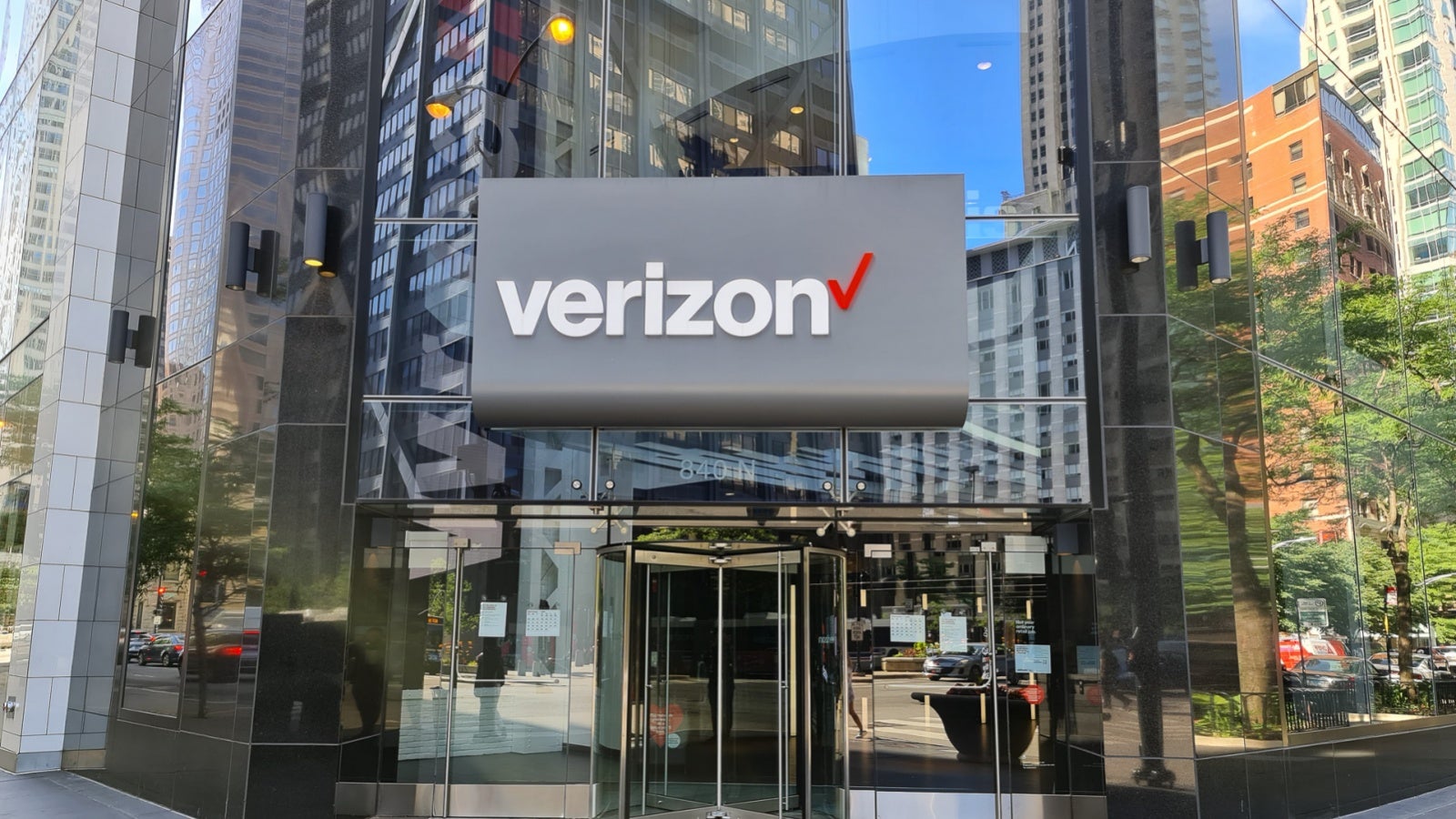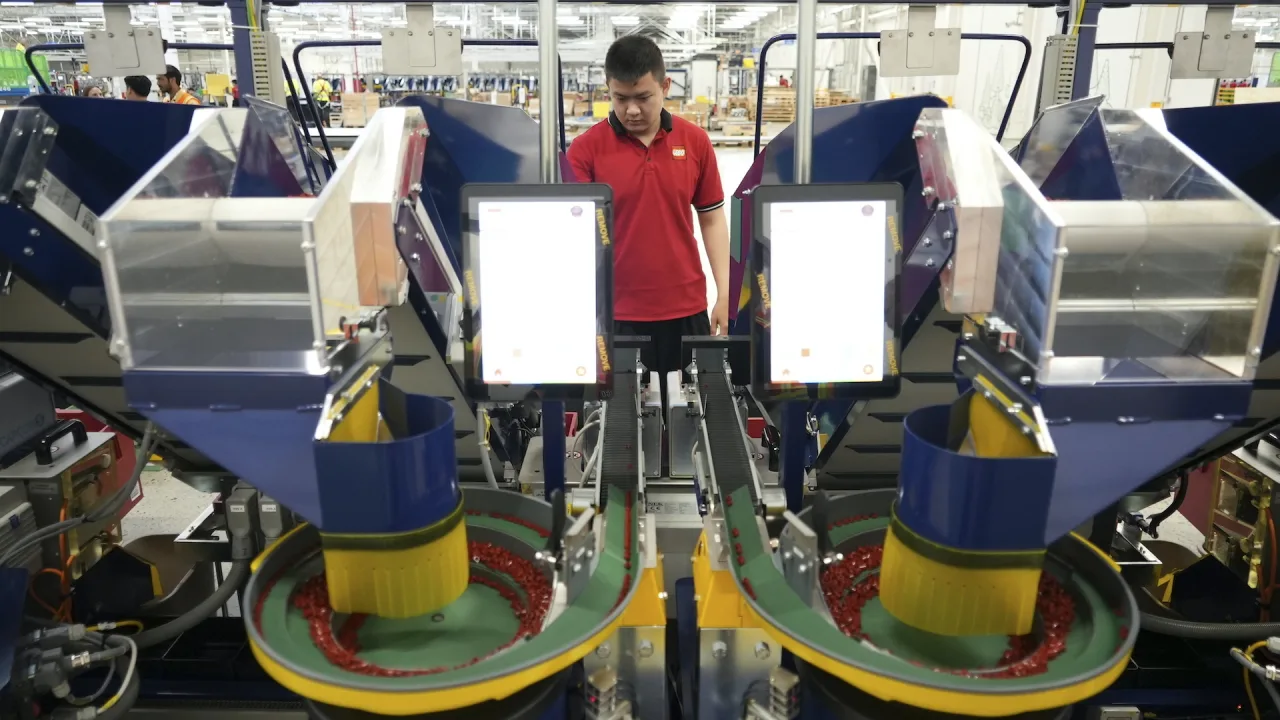Cloud Server vs Serverless Instance
When building apps, developers often choose between cloud-based servers and serverless instances. Both have benefits and drawbacks, depending on how much control, speed, and cost you're looking for. Cloud-Based Servers Cloud-based servers, like those offered by AWS EC2 or Azure Virtual Machines, give you full control over the system. You can pick what operating system, software, and storage you need. How it works: Custom Setup: You decide how much memory and processing power your app gets. Always On: These servers run 24/7, so your app is always available. Manual Scaling: If more people use your app, you’ll need to add more servers or adjust settings to handle the extra load. Pros: Full Control: You get to set up everything the way you want, which is helpful for special or older apps. Great for Long-Running Apps: If your app needs to run all the time, this is a good option. Predictable Performance: You always know how much power your app has because you control it. Cons: More Expensive: You pay for the servers to run all the time, even when they’re not busy. More Work: You have to keep everything updated and secure yourself. Scaling Can Be Hard: Adding more servers when your app gets busy can be tricky. Serverless Instances With serverless instances like AWS Lambda or Azure Functions, you don’t worry about managing servers. The cloud provider handles all of that, and your app runs only when needed. How it works: Triggered by Events: Your app runs when something happens, like a user clicking a button. No Long-Term Memory: Each time it runs, it doesn’t remember anything from the last time. Auto-Scaling: As more people use your app, the cloud scales it up without you doing anything. Pros: Cost-Effective: You only pay for what you use, so it’s cheaper during slow times. No Maintenance: You don’t have to deal with updates or server problems. Easy Scaling: The cloud handles traffic spikes for you. Cons: Less Control: You can’t customize the server much. Cold Start Delay: Sometimes, your app might take a little longer to start after a break. Limits: It’s not great for apps that need a lot of memory or time to run. In short, cloud-based servers give you more control but are more work and cost more. Serverless instances are cheaper and easier to use but come with less control and occasional delays. The best choice depends on your app’s needs. What do you folks think? ApplicationDevelopment #discuss #Cloud #Serverless
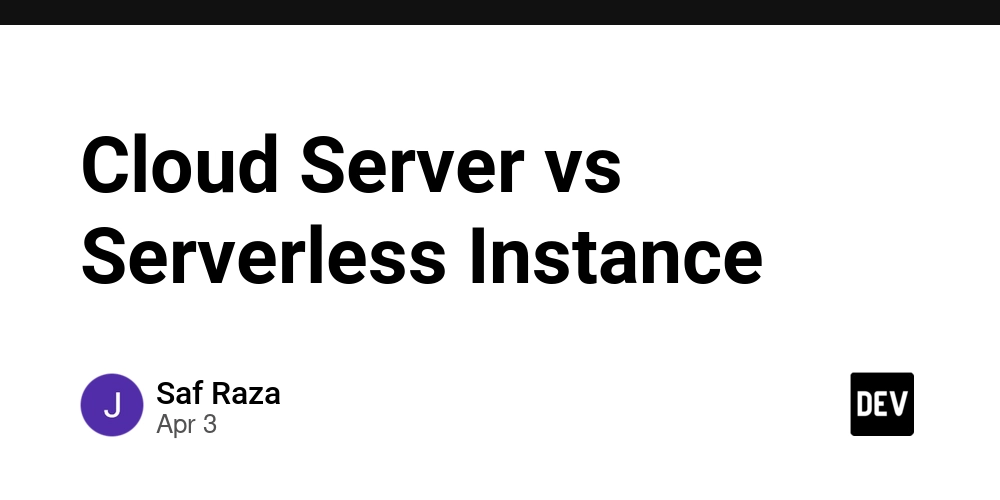
When building apps, developers often choose between cloud-based servers and serverless instances. Both have benefits and drawbacks, depending on how much control, speed, and cost you're looking for.
Cloud-Based Servers
Cloud-based servers, like those offered by AWS EC2 or Azure Virtual Machines, give you full control over the system. You can pick what operating system, software, and storage you need.
How it works:
- Custom Setup: You decide how much memory and processing power your app gets.
- Always On: These servers run 24/7, so your app is always available.
- Manual Scaling: If more people use your app, you’ll need to add more servers or adjust settings to handle the extra load.
Pros:
- Full Control: You get to set up everything the way you want, which is helpful for special or older apps.
- Great for Long-Running Apps: If your app needs to run all the time, this is a good option.
- Predictable Performance: You always know how much power your app has because you control it.
Cons:
- More Expensive: You pay for the servers to run all the time, even when they’re not busy.
- More Work: You have to keep everything updated and secure yourself.
- Scaling Can Be Hard: Adding more servers when your app gets busy can be tricky.
Serverless Instances
With serverless instances like AWS Lambda or Azure Functions, you don’t worry about managing servers. The cloud provider handles all of that, and your app runs only when needed.
How it works:
- Triggered by Events: Your app runs when something happens, like a user clicking a button.
- No Long-Term Memory: Each time it runs, it doesn’t remember anything from the last time.
- Auto-Scaling: As more people use your app, the cloud scales it up without you doing anything.
Pros:
- Cost-Effective: You only pay for what you use, so it’s cheaper during slow times.
- No Maintenance: You don’t have to deal with updates or server problems.
- Easy Scaling: The cloud handles traffic spikes for you.
Cons:
- Less Control: You can’t customize the server much.
- Cold Start Delay: Sometimes, your app might take a little longer to start after a break.
- Limits: It’s not great for apps that need a lot of memory or time to run.
In short, cloud-based servers give you more control but are more work and cost more. Serverless instances are cheaper and easier to use but come with less control and occasional delays. The best choice depends on your app’s needs.
What do you folks think?






















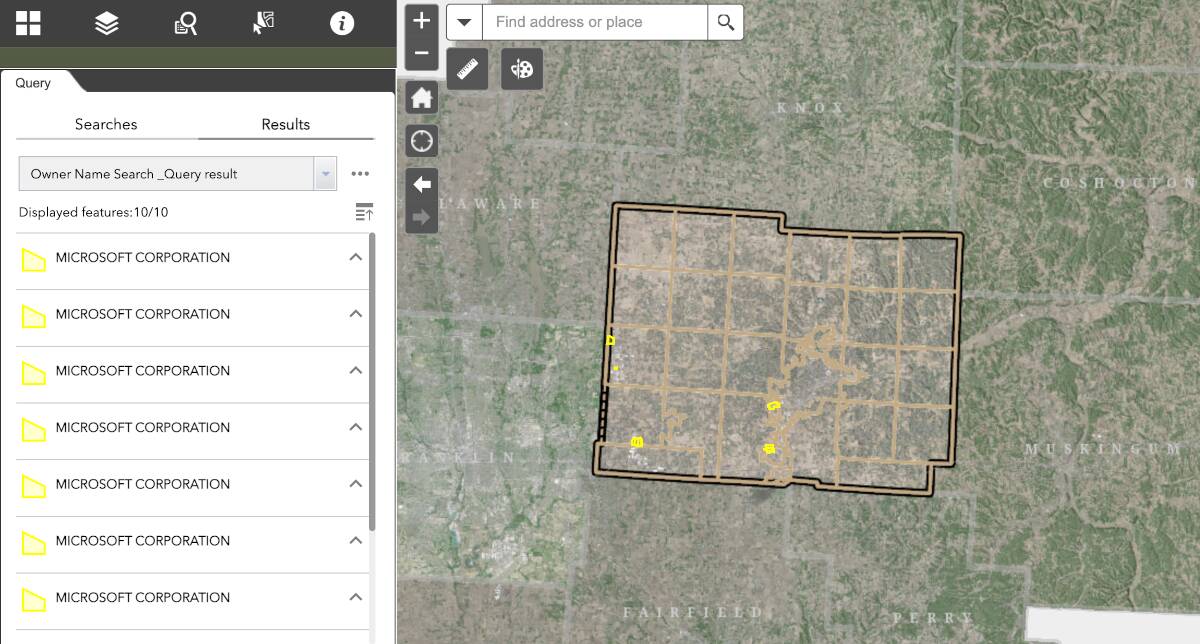




















































































































































![[The AI Show Episode 143]: ChatGPT Revenue Surge, New AGI Timelines, Amazon’s AI Agent, Claude for Education, Model Context Protocol & LLMs Pass the Turing Test](https://www.marketingaiinstitute.com/hubfs/ep%20143%20cover.png)


















































































































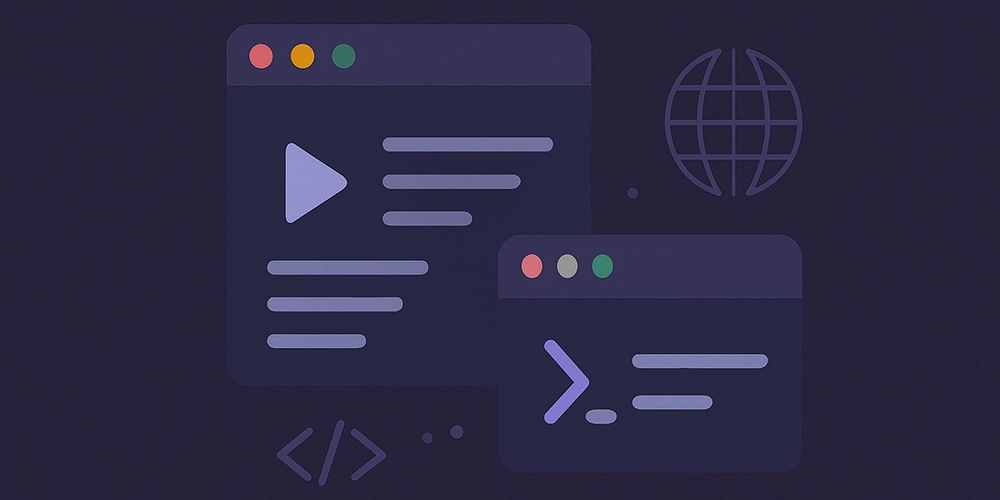
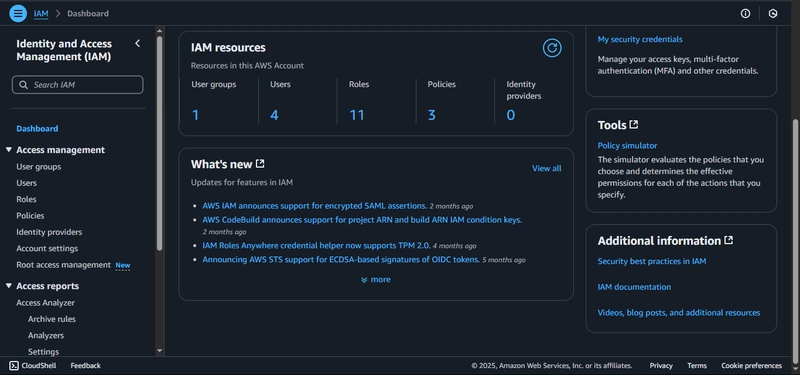





























































































































-11.11.2024-4-49-screenshot.png?width=1920&height=1920&fit=bounds&quality=70&format=jpg&auto=webp#)












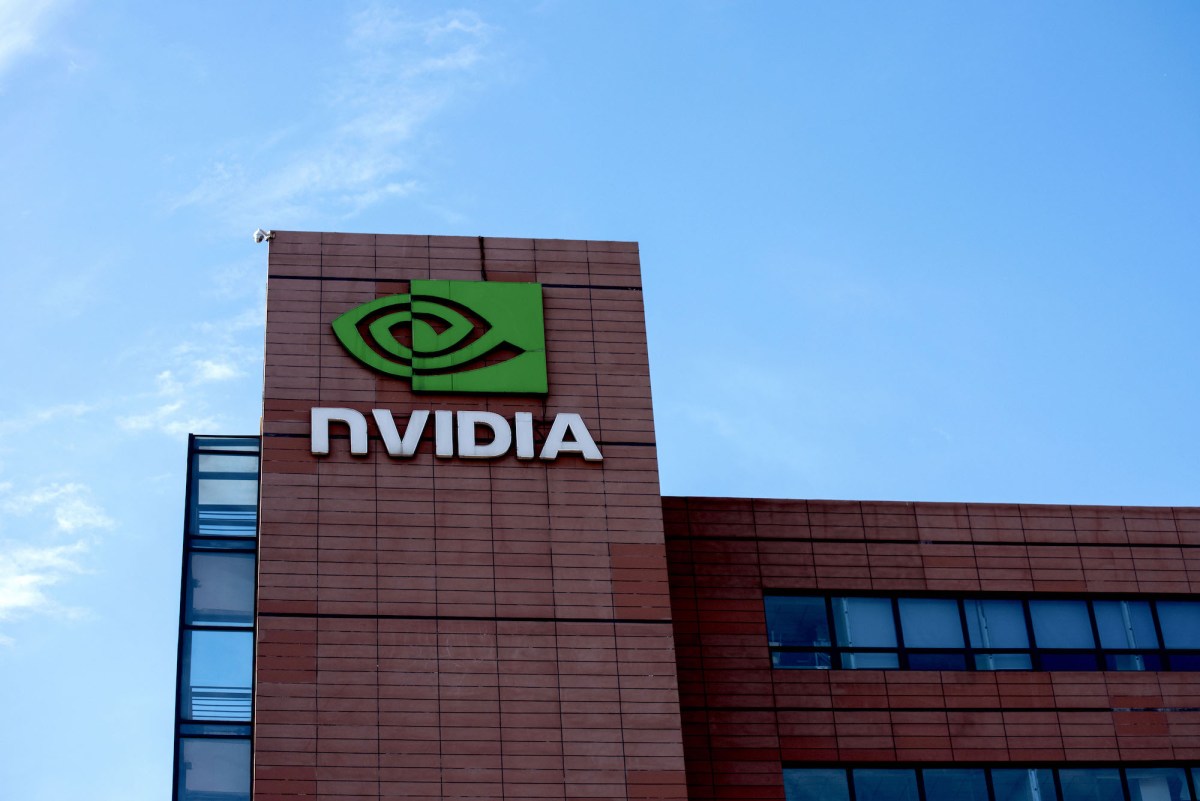
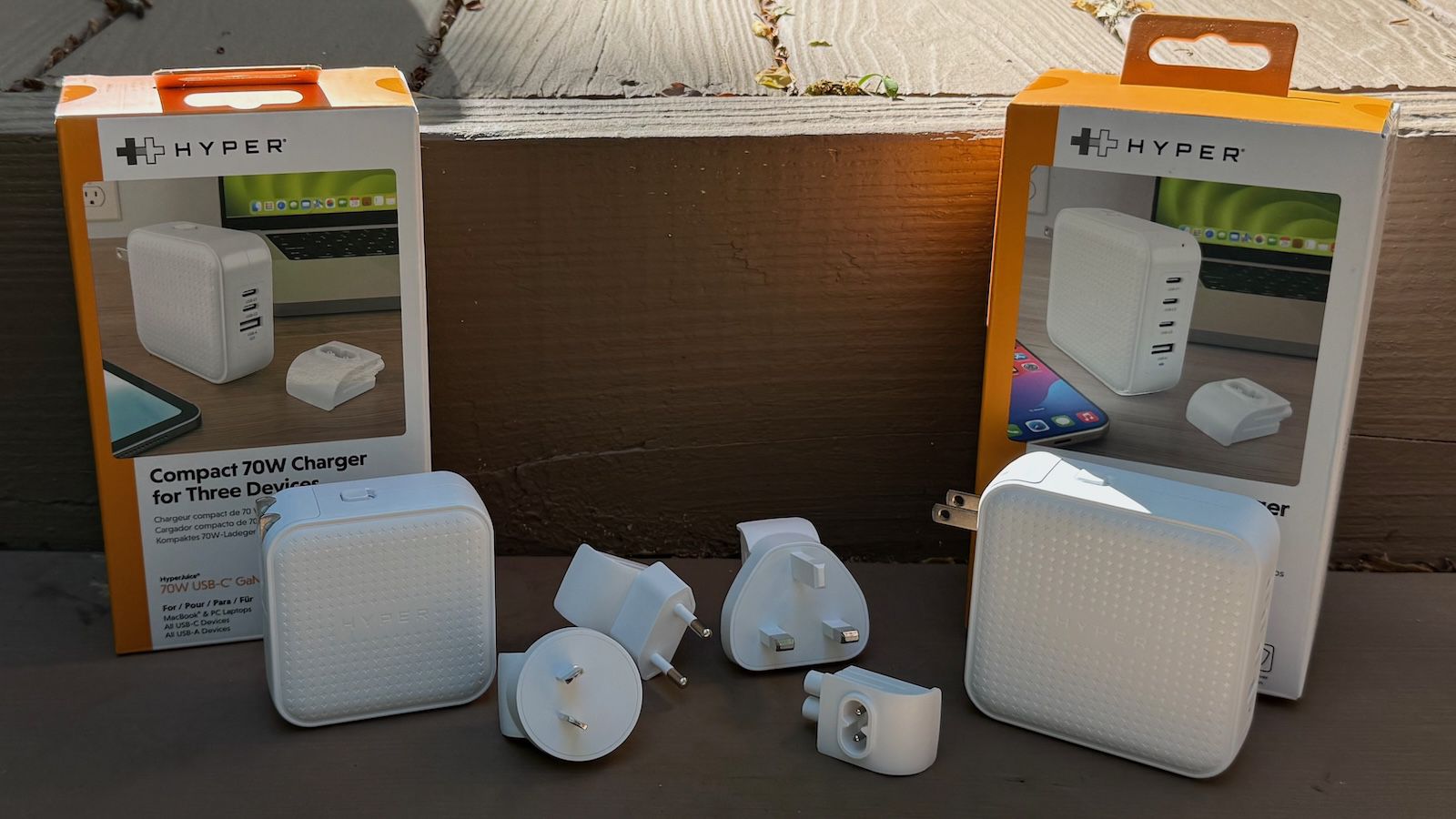











_jvphoto_Alamy.jpg?#)


.png?#)





































































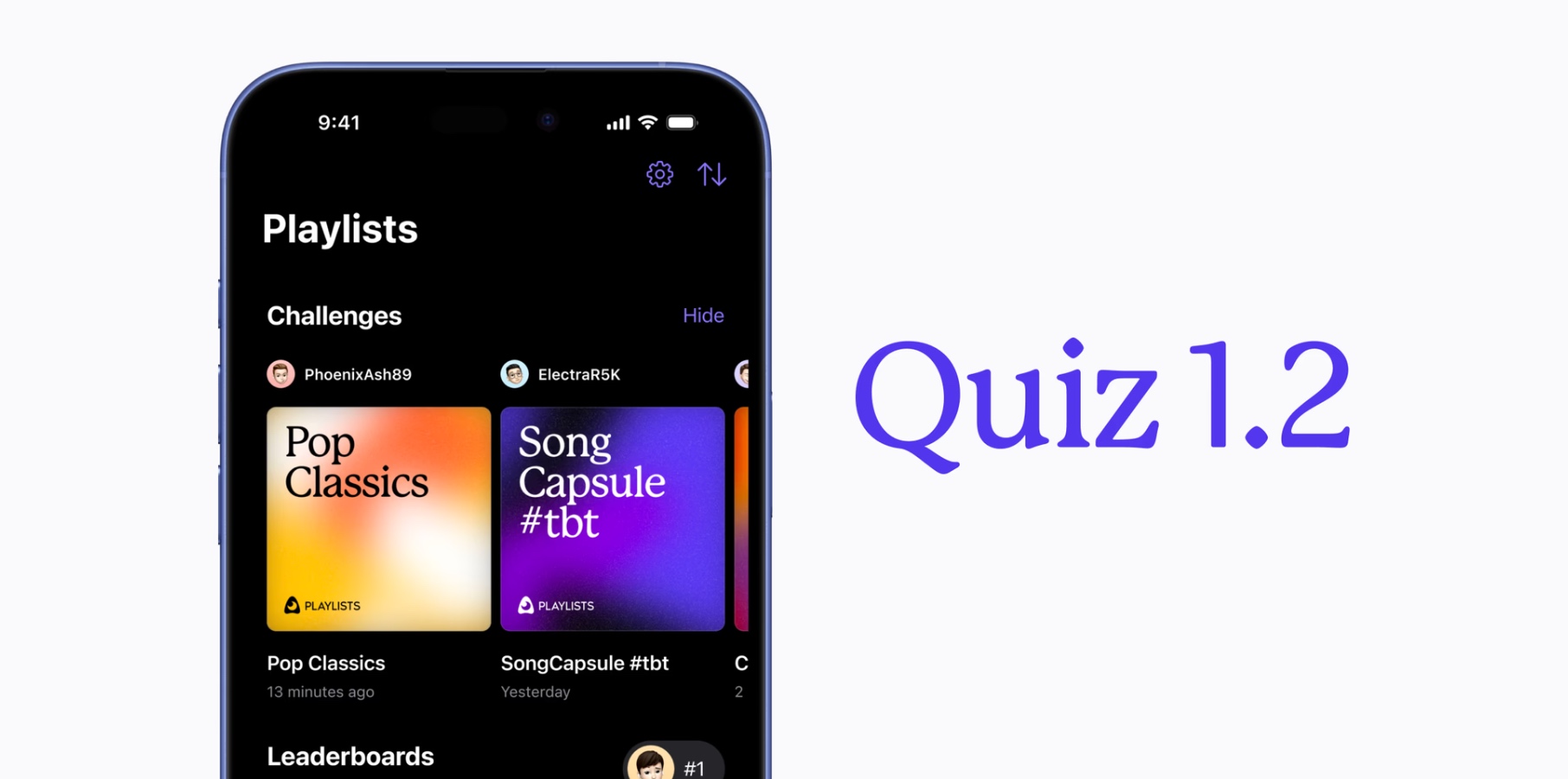











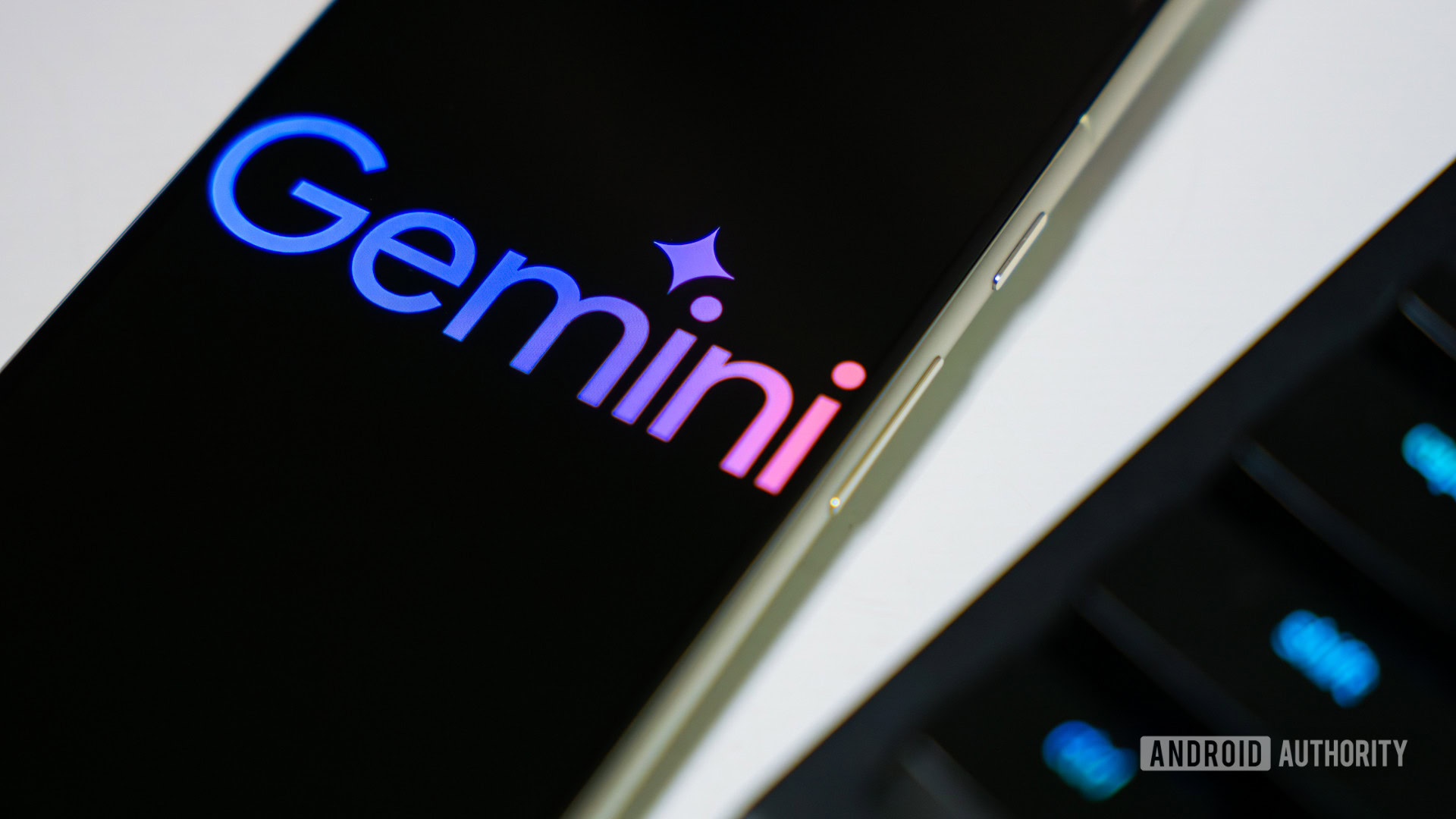
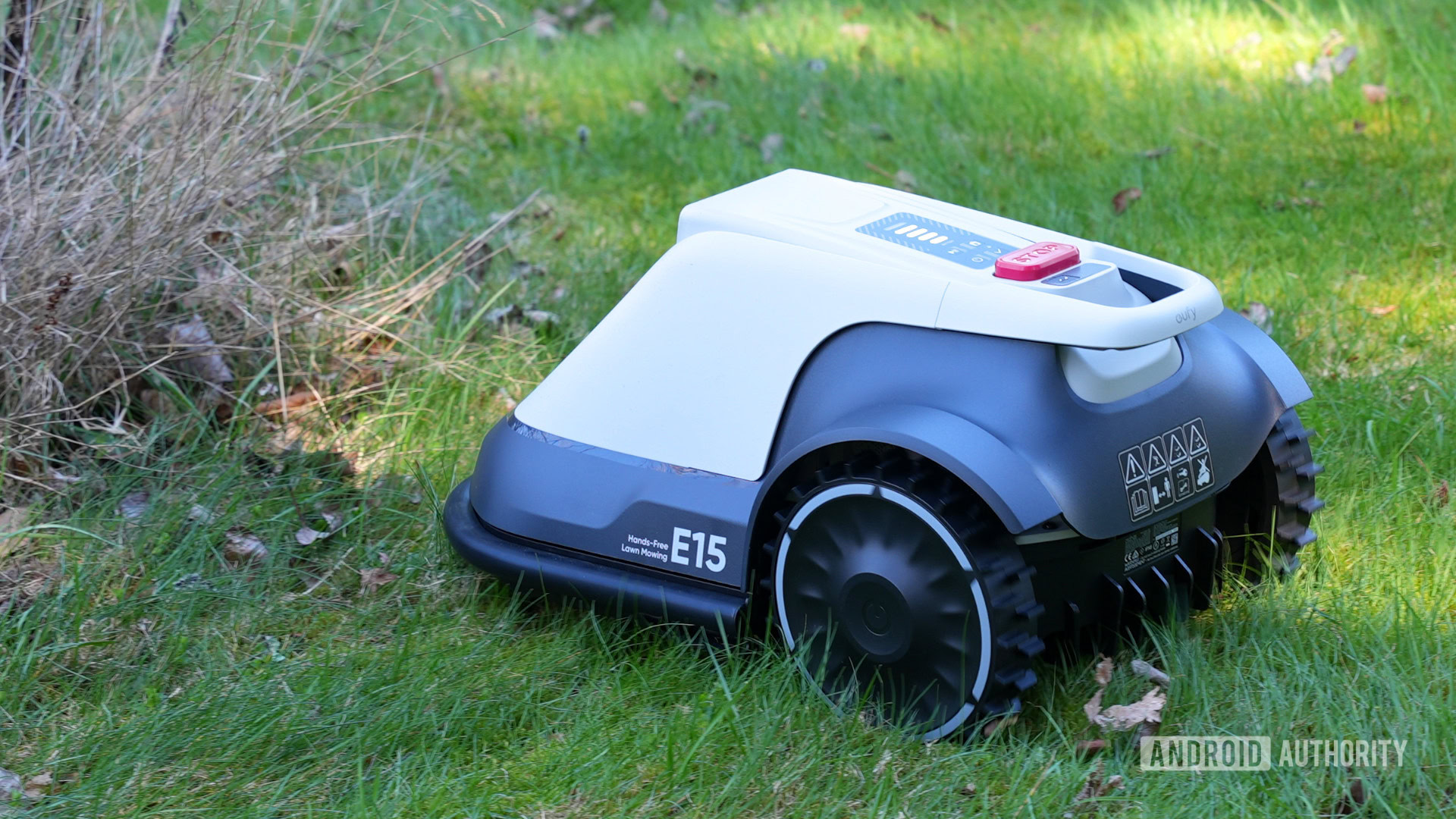


















![Apple Debuts Official Trailer for 'Murderbot' [Video]](https://www.iclarified.com/images/news/96972/96972/96972-640.jpg)
![Alleged Case for Rumored iPhone 17 Pro Surfaces Online [Image]](https://www.iclarified.com/images/news/96969/96969/96969-640.jpg)

![Apple Rushes Five Planes of iPhones to US Ahead of New Tariffs [Report]](https://www.iclarified.com/images/news/96967/96967/96967-640.jpg)

















































